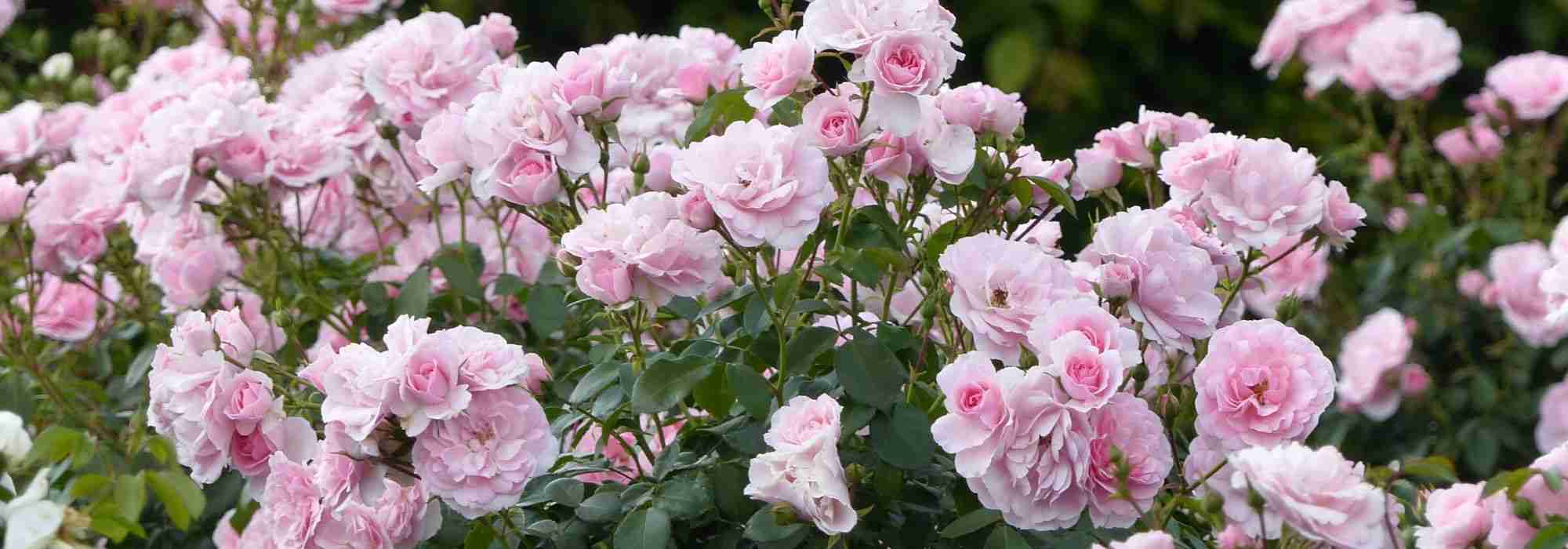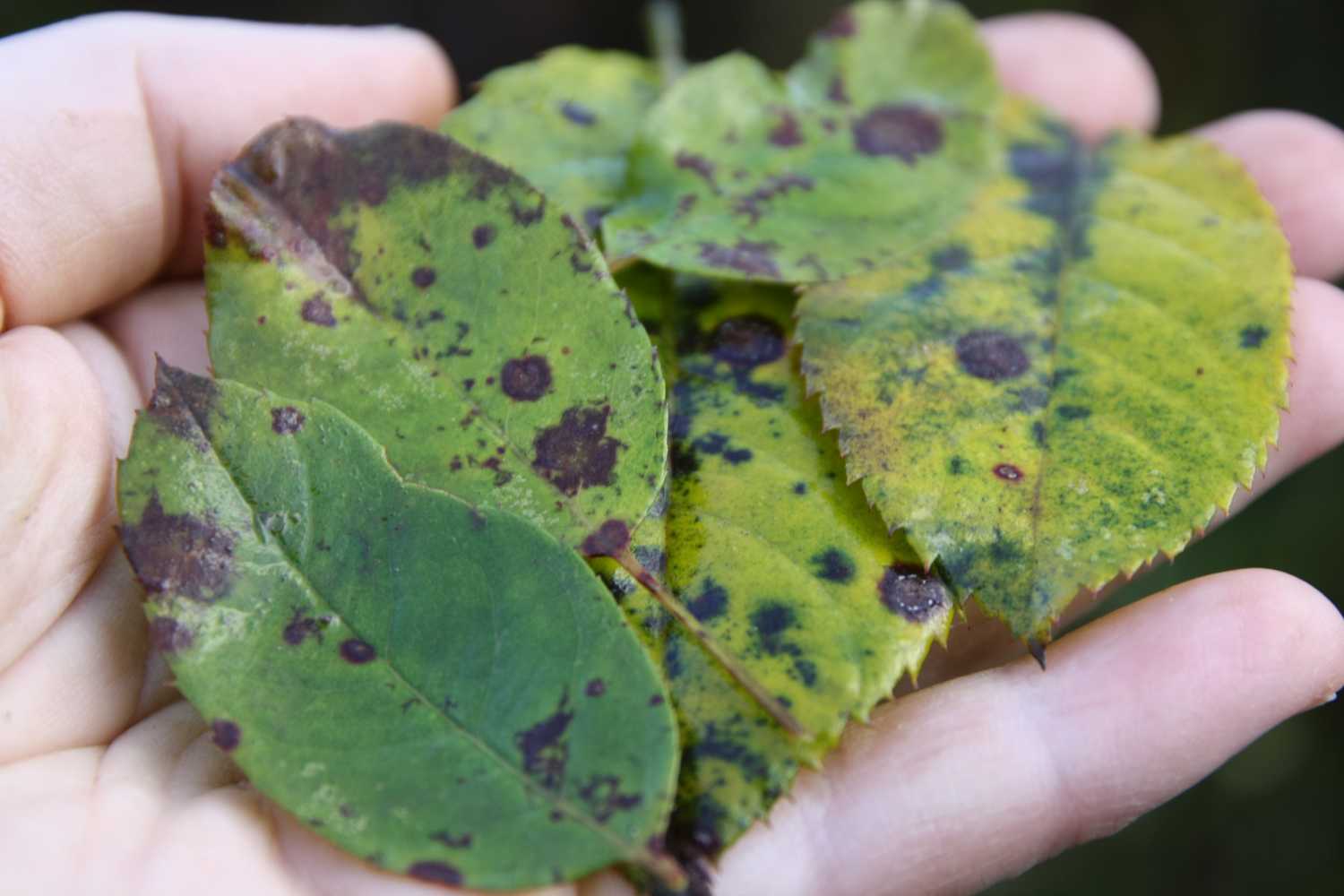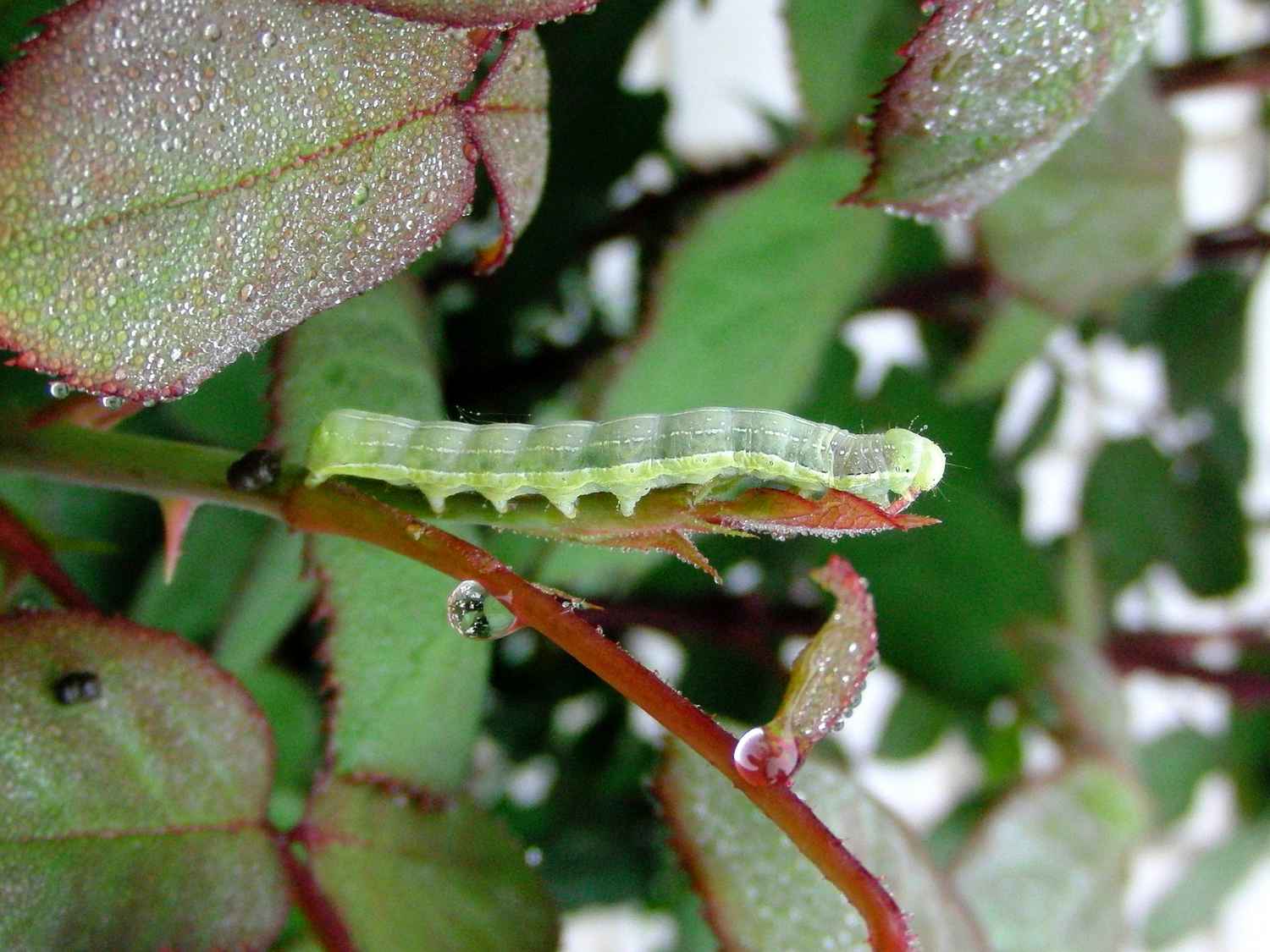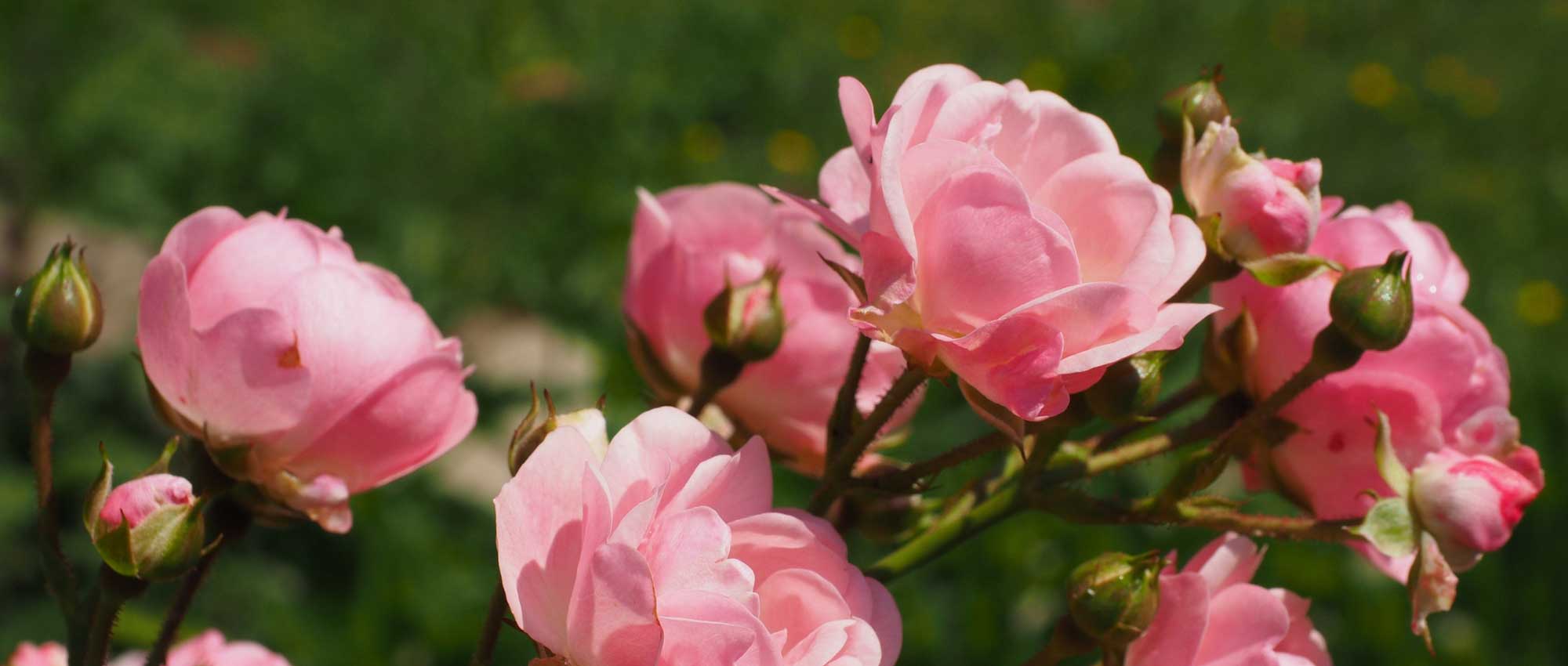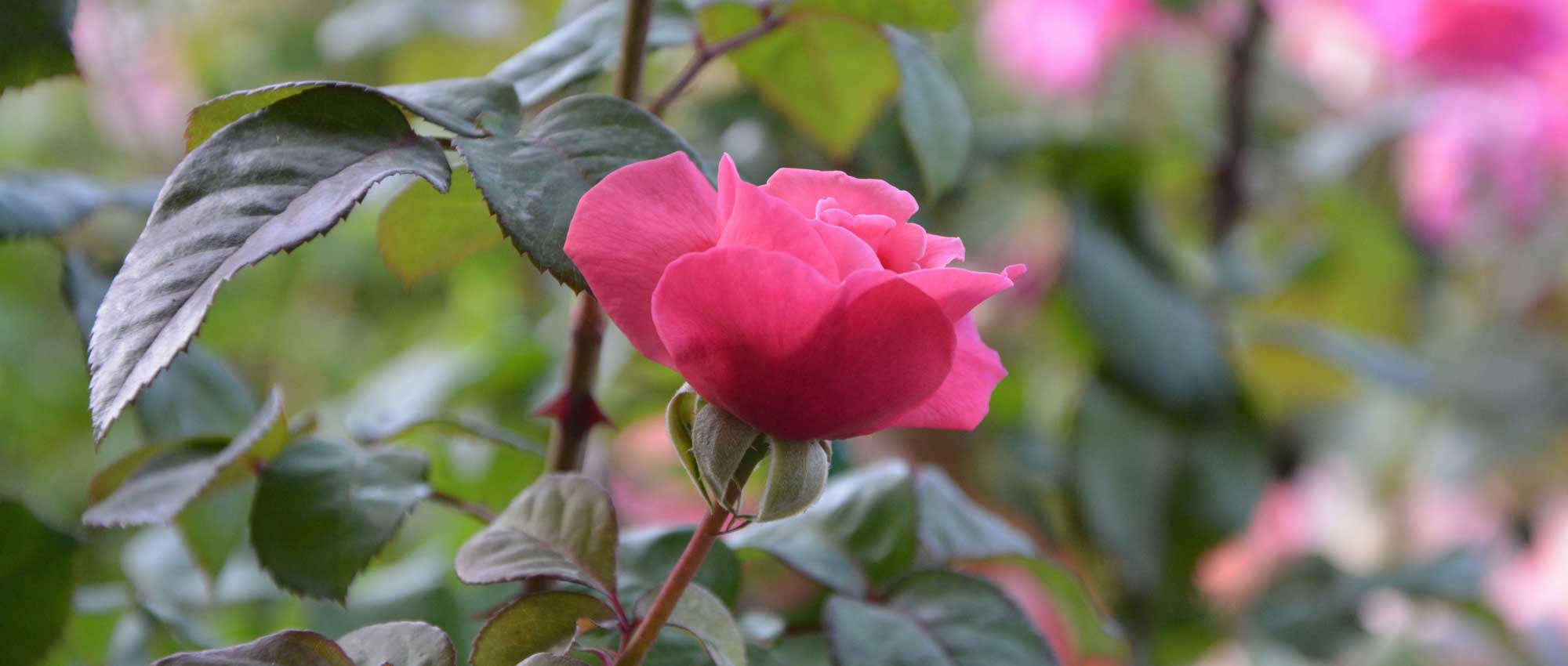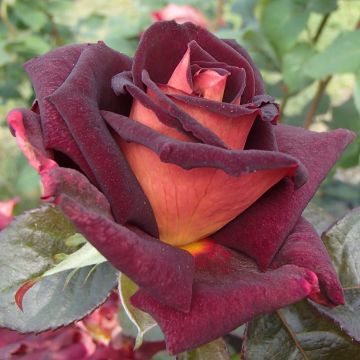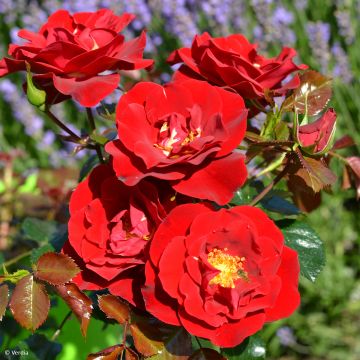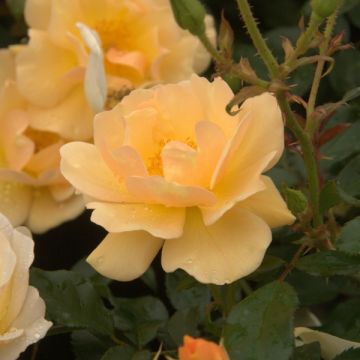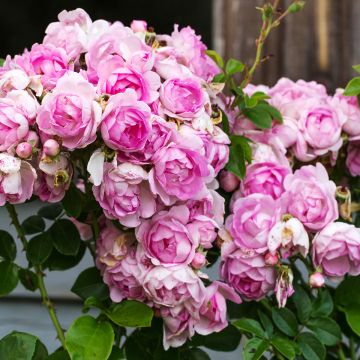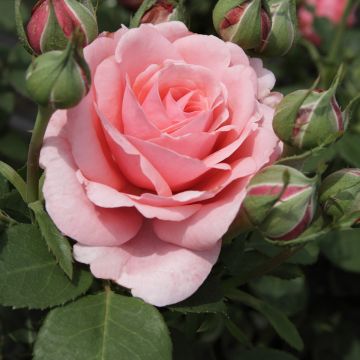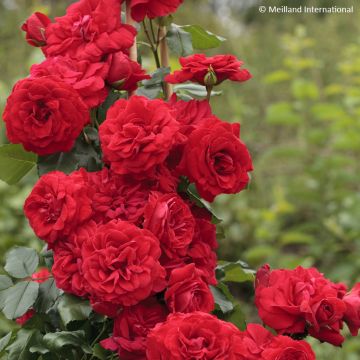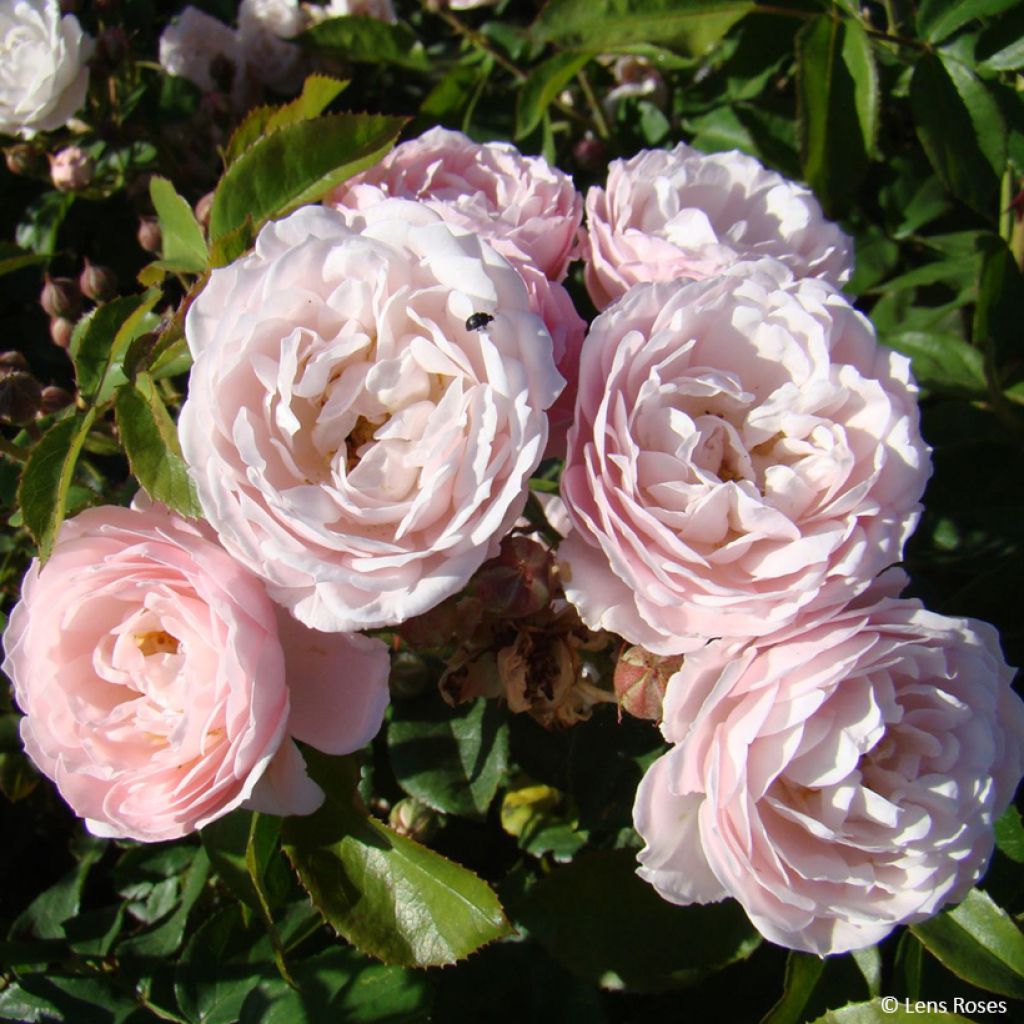

Rosa x floribunda 'Rose de la petite Chabotte' - Miniature Rose
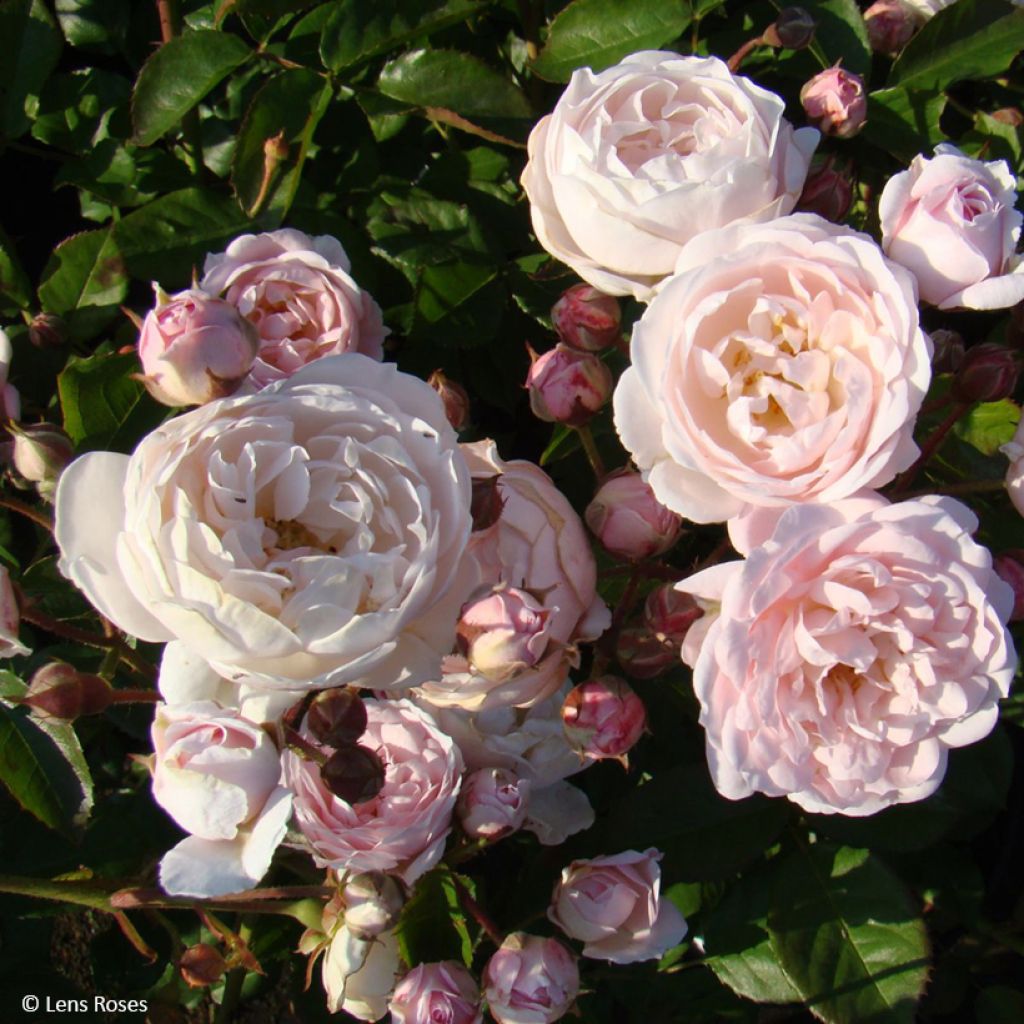

Rosa x floribunda 'Rose de la petite Chabotte' - Miniature Rose
Rosa x floribunda 'Rose de la petite Chabotte' - Miniature Rose
Rosa x floribunda Rose de la petite Chabotte® VELsema
VELsema Polyantha Rose
Thanks to the individuals (for order preparation and shipping), the bare root rose bush I received appears to be healthy. Planted near the 'Utopia' variety, I am now patiently awaiting its growth...or not?
Thierry, 03/02/2024
Special offer!
Receive a €20 voucher for any order over €90 (excluding delivery costs, credit notes, and plastic-free options)!
1- Add your favorite plants to your cart.
2- Once you have reached €90, confirm your order (you can even choose the delivery date!).
3- As soon as your order is shipped, you will receive an email containing your voucher code, valid for 3 months (90 days).
Your voucher is unique and can only be used once, for any order with a minimum value of €20, excluding delivery costs.
Can be combined with other current offers, non-divisible and non-refundable.
Home or relay delivery (depending on size and destination)
Schedule delivery date,
and select date in basket
We guarantee the quality of our plants for a full growing cycle, and will replace at our expense any plant that fails to recover under normal climatic and planting conditions.
Description
The 'Rose de la Petite Chabotte' is a delightful bush with flowers grouped in large tight bouquets. Its small, graceful double roses change from blush pink to white over the course of hours. This fresh bush deserves a prime spot in the garden with its compact habit, gentle fragrance, beautiful dark green foliage, and repeat flowering.
'Rose de la Petite Chabotte' or 'VELsema' is a beautiful Belgian creation by Lens, dating back to 2004. It belongs to the category of floribunda roses, with flowers grouped in large corymbs at the ends of young shoots. This fast-growing variety forms a small, dense bush with an upright habit. It reaches approximately 90 cm (35in) in height and 50-60 cm (20-24in) in width, with a nicely dense silhouette. It is covered in foliage composed of 5 to 7 glossy leaflets of a rather dark green colour and is resistant to diseases. Its flowering begins in June and continues until October, in successive waves, if the soil is not too dry in summer. Its roses measure 4 cm (2in) in diameter; they are fully double and grouped in bouquets of 15 to 45 flowers. The colour of the flowers evolves, changing from light pink to white. They have a light, pleasant fragrance. The deciduous foliage falls in winter.
Bush roses are perfect for creating beautiful small hedges, planted mixed in with small shrub beds or in front of larger shrubs. They are also ideal in flower beds among perennials. Combine them with ground cover roses, abelias, nandinas, or caryopteris. They are perfect companions for catmints, foxgloves, and tall gypsophiles. 'Rose of Petite Chabotte' is an interesting variety for all "English" or romantic gardens. Its cultivation is within everyone's reach. Its uses are diverse, according to the desires of each gardener: in a rose bed or as a large border, alongside white, pink, or mauve varieties or mixed with easy-care perennials such as hardy geraniums or asters. Finally, its slightly fragrant roses are adorable in bouquets and centrepieces!
Rosa x floribunda 'Rose de la petite Chabotte' - Miniature Rose in pictures
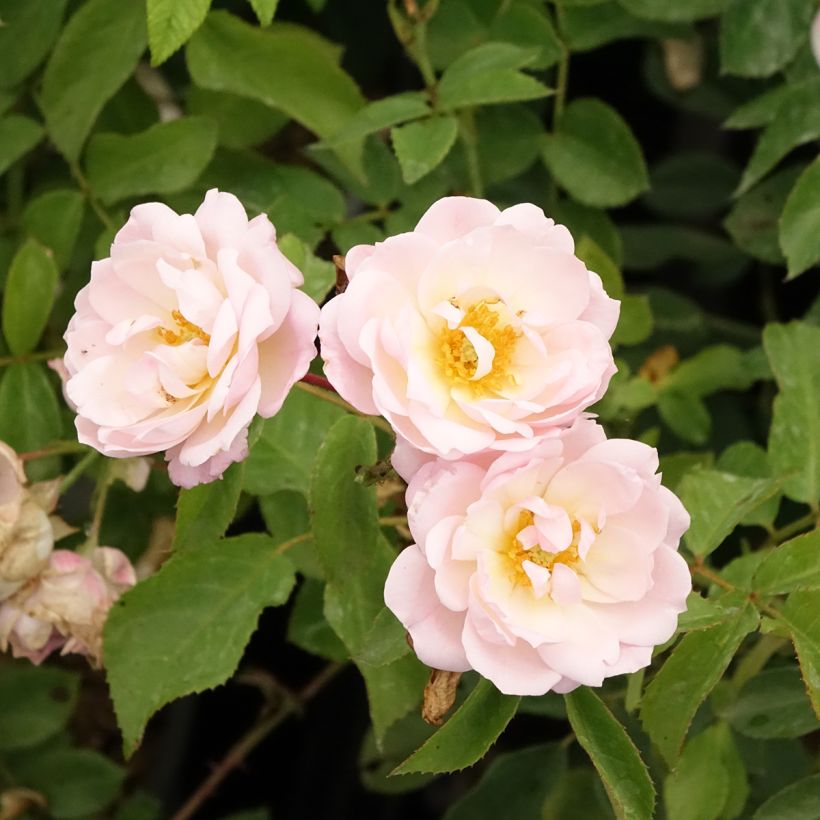

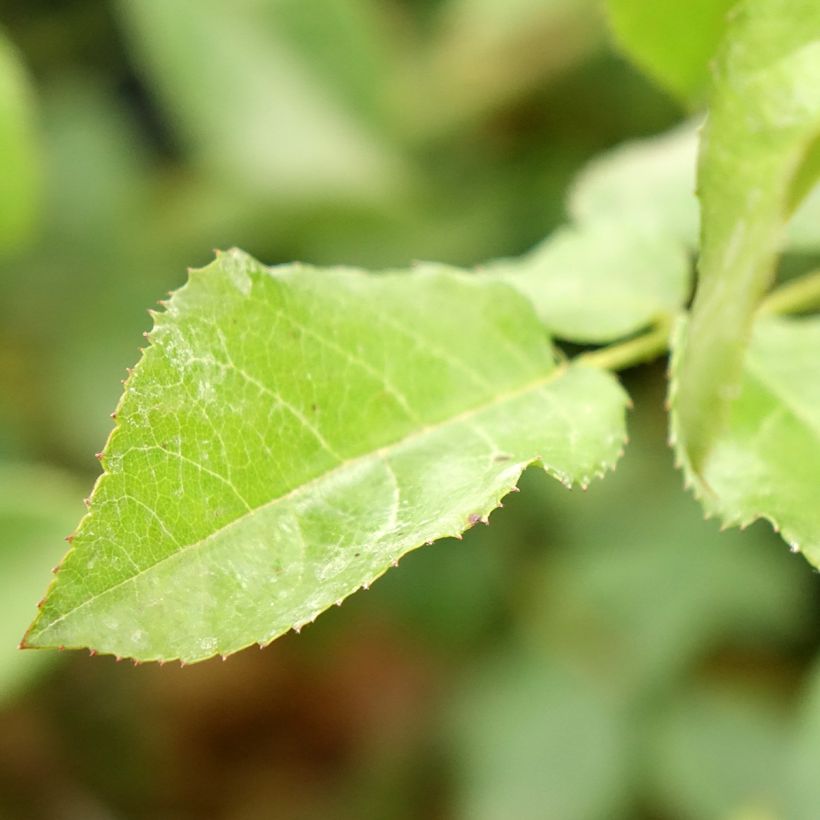

Plant habit
Flowering
Foliage
Botanical data
Rosa
x floribunda
Rose de la petite Chabotte® VELsema
Rosaceae
VELsema Polyantha Rose
Cultivar or hybrid
Planting and care
From November to March, plant the 'Rose de la Petite Chabotte' in ordinary, well-tilled, well-fertilized, and well-drained soil. Roses prefer clayey soils, rather heavy than light. In soil that is too sandy, compact, or dry in summer, it is preferable to add compost or well-rotted manure to the substrate when planting. However, this rose fears waterlogged soil in winter. Place it in a sunny location, preferably partial shade in hot climates. Roses are greedy plants, so a specific fertiliser will be beneficial at the start of vegetation and regularly throughout flowering.
Roses may develop unsightly spots at the end of summer, but this is a natural occurrence and doesn't harm the rose's growth.
Planting period
Intended location
Care
Planting & care advice
-
, onOrder confirmed
Reply from on Promesse de fleurs
Similar products
Haven't found what you were looking for?
Hardiness is the lowest winter temperature a plant can endure without suffering serious damage or even dying. However, hardiness is affected by location (a sheltered area, such as a patio), protection (winter cover) and soil type (hardiness is improved by well-drained soil).

Photo Sharing Terms & Conditions
In order to encourage gardeners to interact and share their experiences, Promesse de fleurs offers various media enabling content to be uploaded onto its Site - in particular via the ‘Photo sharing’ module.
The User agrees to refrain from:
- Posting any content that is illegal, prejudicial, insulting, racist, inciteful to hatred, revisionist, contrary to public decency, that infringes on privacy or on the privacy rights of third parties, in particular the publicity rights of persons and goods, intellectual property rights, or the right to privacy.
- Submitting content on behalf of a third party;
- Impersonate the identity of a third party and/or publish any personal information about a third party;
In general, the User undertakes to refrain from any unethical behaviour.
All Content (in particular text, comments, files, images, photos, videos, creative works, etc.), which may be subject to property or intellectual property rights, image or other private rights, shall remain the property of the User, subject to the limited rights granted by the terms of the licence granted by Promesse de fleurs as stated below. Users are at liberty to publish or not to publish such Content on the Site, notably via the ‘Photo Sharing’ facility, and accept that this Content shall be made public and freely accessible, notably on the Internet.
Users further acknowledge, undertake to have ,and guarantee that they hold all necessary rights and permissions to publish such material on the Site, in particular with regard to the legislation in force pertaining to any privacy, property, intellectual property, image, or contractual rights, or rights of any other nature. By publishing such Content on the Site, Users acknowledge accepting full liability as publishers of the Content within the meaning of the law, and grant Promesse de fleurs, free of charge, an inclusive, worldwide licence for the said Content for the entire duration of its publication, including all reproduction, representation, up/downloading, displaying, performing, transmission, and storage rights.
Users also grant permission for their name to be linked to the Content and accept that this link may not always be made available.
By engaging in posting material, Users consent to their Content becoming automatically accessible on the Internet, in particular on other sites and/or blogs and/or web pages of the Promesse de fleurs site, including in particular social pages and the Promesse de fleurs catalogue.
Users may secure the removal of entrusted content free of charge by issuing a simple request via our contact form.
The flowering period indicated on our website applies to countries and regions located in USDA zone 8 (France, the United Kingdom, Ireland, the Netherlands, etc.)
It will vary according to where you live:
- In zones 9 to 10 (Italy, Spain, Greece, etc.), flowering will occur about 2 to 4 weeks earlier.
- In zones 6 to 7 (Germany, Poland, Slovenia, and lower mountainous regions), flowering will be delayed by 2 to 3 weeks.
- In zone 5 (Central Europe, Scandinavia), blooming will be delayed by 3 to 5 weeks.
In temperate climates, pruning of spring-flowering shrubs (forsythia, spireas, etc.) should be done just after flowering.
Pruning of summer-flowering shrubs (Indian Lilac, Perovskia, etc.) can be done in winter or spring.
In cold regions as well as with frost-sensitive plants, avoid pruning too early when severe frosts may still occur.
The planting period indicated on our website applies to countries and regions located in USDA zone 8 (France, United Kingdom, Ireland, Netherlands).
It will vary according to where you live:
- In Mediterranean zones (Marseille, Madrid, Milan, etc.), autumn and winter are the best planting periods.
- In continental zones (Strasbourg, Munich, Vienna, etc.), delay planting by 2 to 3 weeks in spring and bring it forward by 2 to 4 weeks in autumn.
- In mountainous regions (the Alps, Pyrenees, Carpathians, etc.), it is best to plant in late spring (May-June) or late summer (August-September).
The harvesting period indicated on our website applies to countries and regions in USDA zone 8 (France, England, Ireland, the Netherlands).
In colder areas (Scandinavia, Poland, Austria...) fruit and vegetable harvests are likely to be delayed by 3-4 weeks.
In warmer areas (Italy, Spain, Greece, etc.), harvesting will probably take place earlier, depending on weather conditions.
The sowing periods indicated on our website apply to countries and regions within USDA Zone 8 (France, UK, Ireland, Netherlands).
In colder areas (Scandinavia, Poland, Austria...), delay any outdoor sowing by 3-4 weeks, or sow under glass.
In warmer climes (Italy, Spain, Greece, etc.), bring outdoor sowing forward by a few weeks.


































